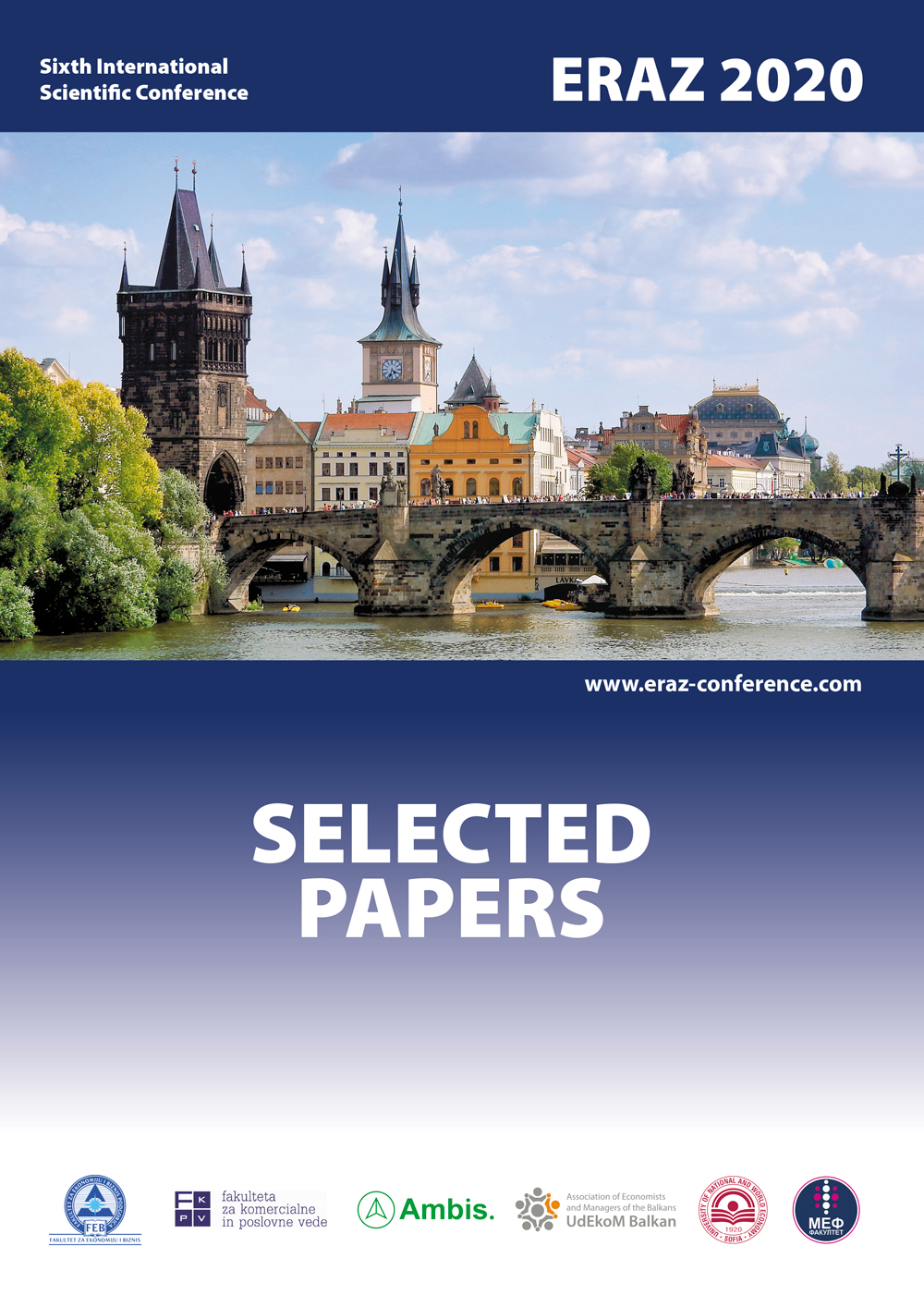STRINGENCY OF COVID-19 RESTRICTIONS AMONG ITALIAN REGIONS AND THE ROLE OF REGIONAL ECONOMIC SYSTEMS
STRINGENCY OF COVID-19 RESTRICTIONS AMONG ITALIAN REGIONS AND THE ROLE OF REGIONAL ECONOMIC SYSTEMS
Author(s): Giorgio Tassinari, Fabrizio Alboni, Arianna Tassinari, Ignazio Drudi
Subject(s): Social Sciences, Economy
Published by: Udruženje ekonomista i menadžera Balkana
Keywords: Covid-19; Lockdown; Business interests
Summary/Abstract: The diffusion of COVID-19 pandemic among Italian Regions has been very uneven. The intensity of measures introduced to contrast its spread also shows a high heterogeneity among local jurisdiction, but this does not correspond, prima facie, with the intensity of the pandemic. What shapes the stringency of responses across different localities? Various factors could be hypothesised to be at play: factors related to the intensity of the pandemic, to the political and ideological orientation of governing authorities, to the models of growth and development characterising regional economic systems, and to the strength of lobbying groups pushing for more or less stringent responses. To address these questions, we elaborate a regional stringency index and analyse (using CART regression trees and other statistical methods) its relationships with some of these factors. The results show that the main driver of stringency (in an inverse way) is the weight of exports on regional GDP, suggesting that economic interests and business power might play an important role in shaping political responses to pandemics.
- Page Range: 1-10
- Page Count: 9
- Publication Year: 2020
- Language: English
- Content File-PDF

